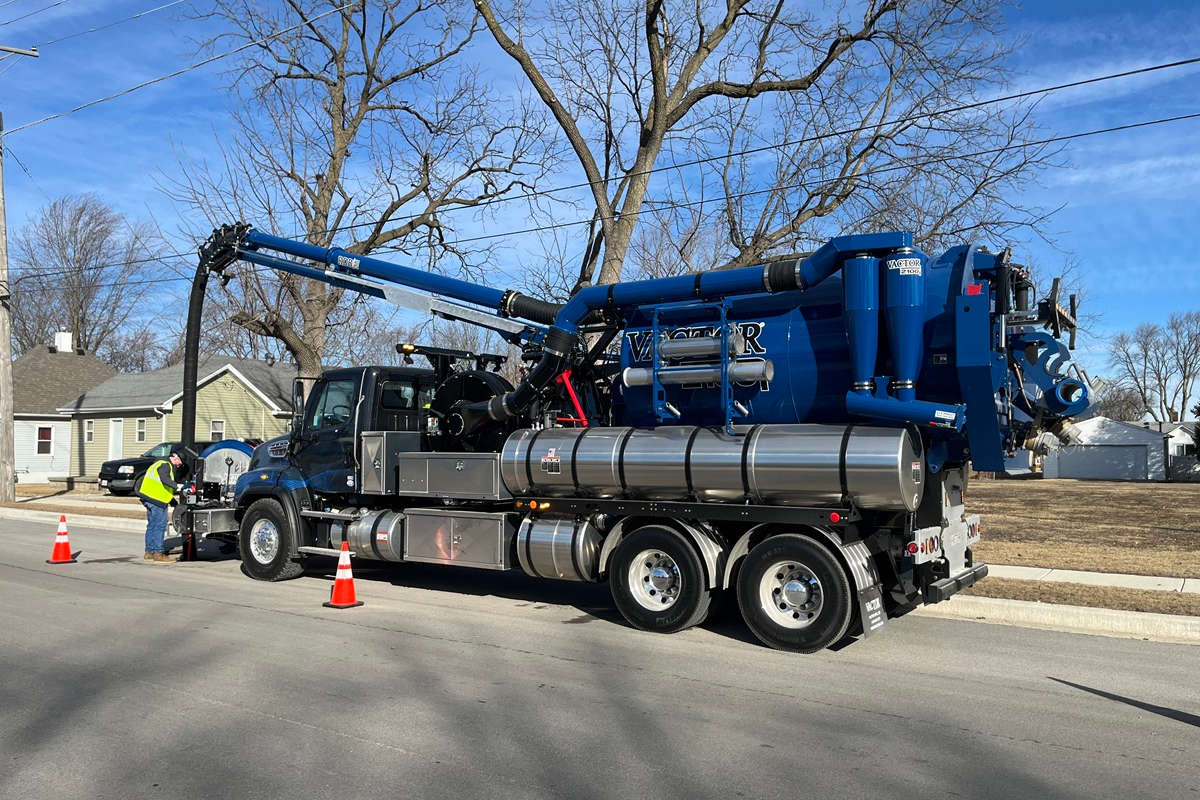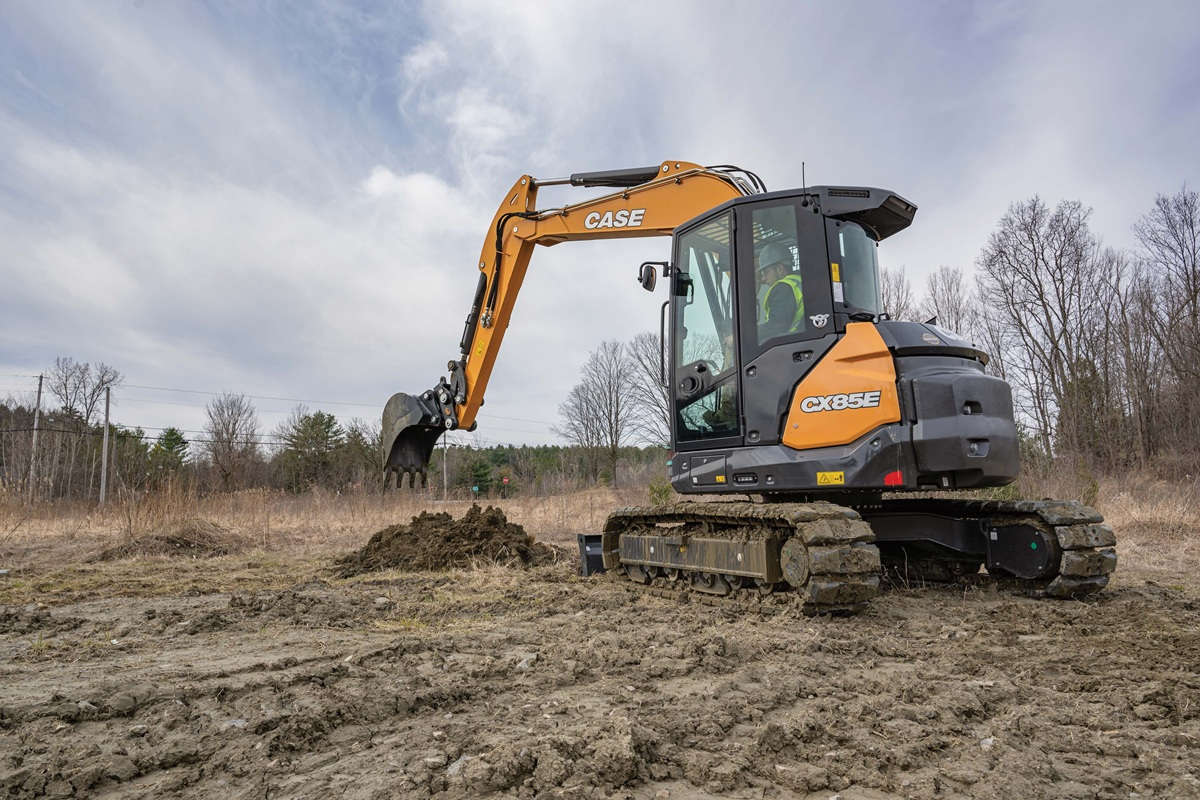Product Spotlight: Vacmaster SYSTEM 5000

Vacmasters has designed and developed high-velocity proprietary nozzles for its systems, and all engineering and fabrication stays in house for quality control. The five air-vacuum excavation systems that the company designs, develops and manufactures — the SYSTEM 1000, SYSTEM 3000, SYSTEM 4000, SYSTEM 5000 and SYSTEM 6000 — dig potholes and perform trenching jobs in a matter of minutes using high-pressure air. Potholes are used for exposing underground utilities, environmental soil sampling and pipeline maintenance. Vacmasters also manufactures and sells factory-direct the SpoilVac hydro-vac system used in directional boring.
Product Spotlight: SYSTEM 5000
The SYSTEM 5000 is the newest addition to the Vacmasters air-vacuum excavation family. With 50 percent more vacuum power than the SYSTEM 4000 while offering the conveniences of a hydraulically powered full-opening rear door, the SYSTEM 5000 makes utility jobs extremely fast while offering the same safety benefits of Vacmasters’ entire line of products. While maintaining a smaller footprint than larger vacuum excavation equipment, the SYSTEM 5000’s added vacuum speed will allow you to complete more billable work in a day’s time.
Advice
“It is important to understand that it takes more horsepower to dig a hole with air than it does with water,” says Trevor Connolly, Vice President of Sales and Marketing for Vacmasters. “This is because air is a ‘soft,’ compressible gas and water is a ‘hard,’ non-compressible fluid. Air systems work by delivering supersonic air from the air lance while still in a compressed state. The compressed air then travels into all the porous spaces in the soil and begins to expand and break apart the soil while the operator is simultaneously vacuuming up the spoils. Conversely, water works by cutting the soil and turning it into mud. One of the major problems with water is that it is very indiscriminate in what it cuts: water can cut through either the soil or a buried utility.
“In addition, preventative maintenance on your new equipment ensures peak performance from your vacuum excavation system,” Connolly continues. “Daily maintenance for these systems usually consists mainly of fluid level checks and changes. In the early days of vacuum excavation, cleaning of the vacuum filters was labor intensive. It is always important to remember that if you manually clean the filters with water, the filters must be thoroughly dry before operating the system.”




